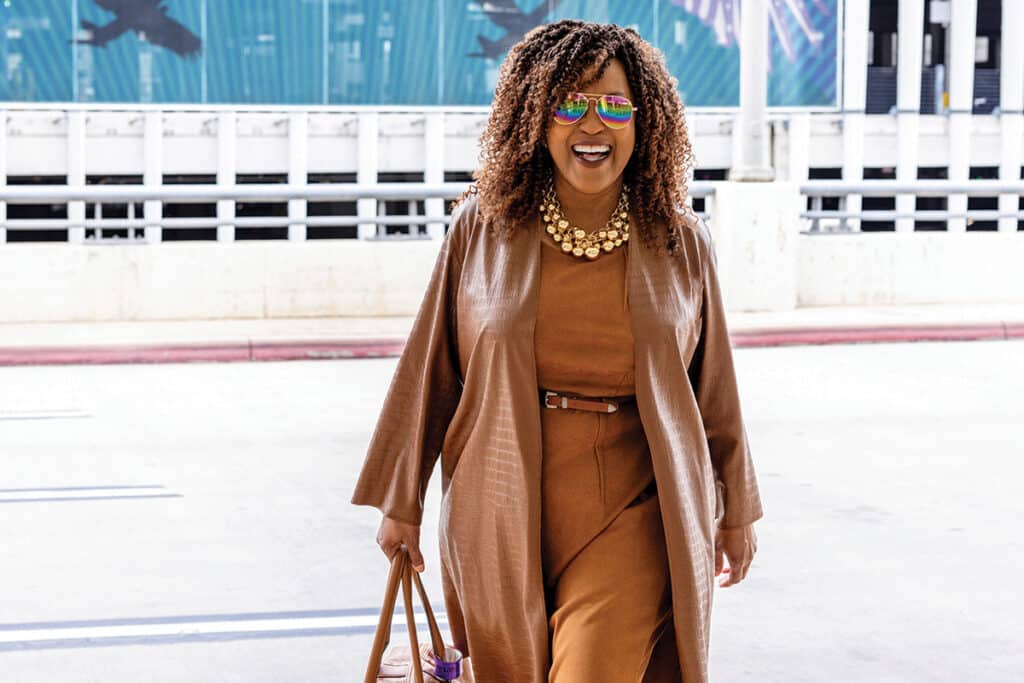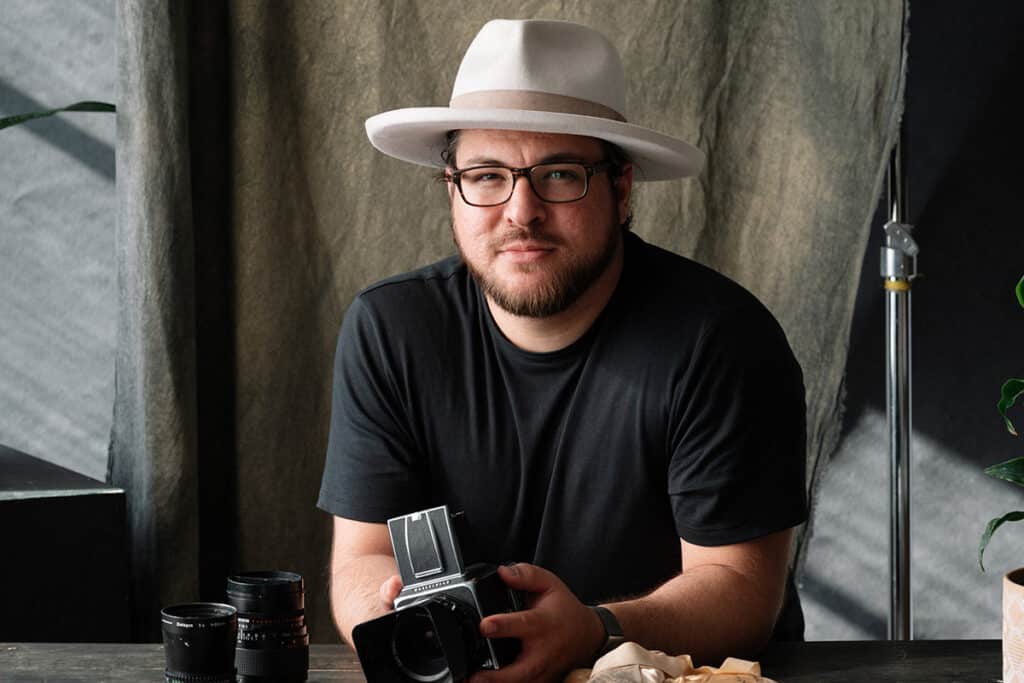After serving as the founding president and CEO of SA2020 since its inception in 2011 until a few months ago, Darryl Byrd has recently launched ULTRAte, a consulting firm that aims to help clients with the vision and strategies for business or community development. He is well prepared for the job. Prior to SA2020, Byrd oversaw the rebirth of the Pearl Brewery complex from a neglected industrial park to a sophisticated urban mixed-use oasis where people live, shop, dine and attend a myriad of events. He was instrumental in creating crucial private-public partnerships that facilitated major infrastructure improvements in the area. His job at SA2020 was both somewhat similar and quite different. The nonprofit was formed after thousands of San Antonians expressed their vision for the city’s future through a series of surveys and public meetings. As the founding president, Byrd helped shape the new organization’s mission and operational strategies, and he remains involved as a board member. He is also a member of the American Institute of Certified Planners, a former chair of the San Antonio City Planning Commission and a former co-chair of Leadership San Antonio. Other commitments include the Emerging Leaders Council of the Federal Reserve Bank of Dallas and the development board of UTSA.
Could you define for our readers the role of SA2020?
SA2020 was created to be the core holder of the North Star, North Star being the collective vision of San Antonians regarding how they would like their city to look, feel and behave by the end of this decade. We had to be very serious about the accountability side. How are the goals to be achieved? How do we measure the progress along the way? How do we continually engage San Antonians as owners of that vision? SA2020 engages the public, it measures our progress toward the goals, and it supports the many partners in the public, private and institutional sectors to ensure that that vision becomes a reality.
So, would you say it acts as a supervisory entity?
I would call it a binding force. SA2020 cannot implement anything by itself. It ties people to the vision and helps to marshal resources.
In which areas has there been progress since 2011?
In some areas we are doing very well, in some areas we are standing still, and in others we are not making much progress. I’ll give you a few examples. In the area of health the goal was to become one of the healthiest cities in the U.S. One of the measures was the obesity rate. When we started, the obesity rate among adults was around 35 percent. In the summer of 2013, we announced that it had gone down to 28.5 percent. To put that in perspective, when you reduce the obesity rate by that much in a city of more than a million people, you are talking about tens of thousands of healthier mothers, fathers, sisters and brothers.
On the other hand, education, this city’s greatest engine for progress, is a mixed bag. One of the metrics was to increase the high school graduation rate. When we began, that rate was 78 percent. The goal was 85 percent. We already exceeded that across the board in 2013. However, not every school district has that rate. Another metric was third-grade reading skills, but we are not making the necessary progress there. There was also progress in the area of environmental sustainability — conservation of water, conservation of energy, and the renewable energy capacity has been increased.
Why did you leave SA2020?
I am not totally gone; I am still there as a board member. But my passion is the creation of things, so my commitment to SA2020 was to be part of creating the infrastructure of the organization to sustain the effort through the half point. Now I have to go and use what talents I have and feed my passion to help others to make the community we live in better.
Tell us about ULTRAte. First, how did you come up with the name?
It’s a loose play on Latin words “ultra,” which means “beyond,” and “te,” which means “you.” My whole life has been about public service, service to the community I live in, even when I worked in the private sector. If you look at the work of SA2020 and the work we did at the Pearl, it’s always been about finding value beyond what you know you can do, beyond just a successful development or business product. It’s been about finding value for the people around you, for the community. So that’s what ULTRAte is about. That’s what I want to do, help folks get added value out of the work they are doing.
Who would be your ideal client?
It would be an entrepreneur or developer who wants to have what I call a blue-ocean product. That means a product that doesn’t have to fight for a market share with other similar ones but can create a new market. I would like to help my clients do that, create a space for their product where it can live alone for a while.
You seem to have accomplished something like that with the Pearl development. It’s definitely not the usual shopping center. How do you feel these days when you take a stroll through the compound?
First, I want to preface it by saying that a lot of great people were engaged in that project. But the thing that makes me most excited when I see the Pearl is the catalytic effect it has had on the world around it, which ties back to why I am doing the work I am doing now. That’s that added value that we talked about.
What were the biggest challenges in redeveloping the Pearl?
The biggest one early on was the infrastructure. Pearl was in an area that experienced major drainage problems; the entire area would flood when it rained. So that was among the first problems we had to deal with. We formed a groundbreaking public-private partnership with the city to take care of that. Another challenge was working with the city and others to make the extension of the River Walk a reality. Pearl was the first private sector investor in the river expansion project. There were also challenges with the development codes at the time. Urban mixed-use developments like the Pearl had never been done before in San Antonio, and the existing codes could not accommodate the complex animal that Pearl would become. We also wanted it to be about San Antonio, to inspire people, not just another place for chain retailers, and to be environmentally self-sustainable.
Have you ever considered running for city council?
(Laughs) I don’t think I would thrive in that environment.
How can individuals and families help realize the SA2020 goals?
First, think about what’s most important to you as it relates to the city. Then, with your vote, your advocacy, your influence and your volunteerism, become a champion who is a force of nature for that cause.




